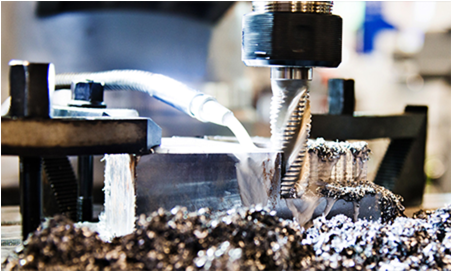Nov . 25, 2024 22:22 Back to list
Guide to Proper Use of Anchor Bolts in Construction Projects
Understanding Anchor Bolts in Construction
Anchor bolts are critical components in the construction industry, providing essential support and stability to various structures. These bolts are used to connect structural elements to concrete foundations, ensuring that buildings and other constructions withstand various loads and environmental forces. This article delves into the definition, types, applications, and installation of anchor bolts in construction.
Definition of Anchor Bolts
Anchor bolts are specially designed fasteners that are embedded in concrete to secure structural components. They can be either cast-in-place or post-installed, depending on the application requirements. Cast-in-place anchor bolts are placed in the concrete form before the concrete is poured, while post-installed anchor bolts are inserted into cured concrete using various methods.
Types of Anchor Bolts
There are several types of anchor bolts, each designed for specific applications
1. L-shaped Anchor Bolts These are the most common type, having a hook or 'L' shape on one end that provides excellent resistance against pull-out forces.
2. Straight Anchor Bolts These bolts are straight and often used in conjunction with a plate and nut to secure a structural element to the anchor.
3. Sleeve Anchors Sleeve anchors are designed for use in concrete, brick, or masonry. They expand when a bolt is tightened, providing a strong grip in the base material.
4. Wedge Anchors Ideal for heavy-duty applications, wedge anchors provide a strong hold as they expand against the sides of the hole they are inserted into.
5. Chemical Anchors These use a resin or adhesive to bond the anchor bolt to the concrete. They are ideal for applications where vibration or dynamic loads are present.
Applications in Construction
Anchor bolts serve a wide range of applications
anchor bolts construction

- Building Foundations They are commonly used to secure columns, walls, and other structural elements to the foundation, providing stability against wind, seismic activity, and other forces.
- Precast Concrete Structures In precast construction, anchor bolts secure the individual precast elements, ensuring proper alignment and load transfer.
- Bridges and Overpasses Anchor bolts are crucial in connecting structural components of bridges, ensuring safety and longevity against various environmental conditions.
- Industrial Equipment Heavy machinery and equipment often require secure anchoring to prevent movement or tipping during operation.
- Telecommunication Towers These towers require robust anchoring to withstand wind and other external forces, necessitating the use of heavy-duty anchor bolts.
Installation Considerations
Proper installation of anchor bolts is crucial to their effectiveness. Key considerations during installation include
- Placement Anchor bolts must be strategically placed to ensure optimal load distribution and structural integrity.
- Concrete Quality The strength and curing time of the concrete are vital for the performance of anchor bolts. High-quality concrete ensures better adhesion and load-bearing capacity.
- Alignment and Tensioning Ensuring that anchor bolts are properly aligned during installation is crucial, and they should be tensioned according to manufacturer specifications to achieve desired performance.
- Corrosion Resistance Depending on the environment, anchor bolts may need to be coated or made from corrosion-resistant materials to ensure longevity.
Conclusion
Anchor bolts are indispensable in contemporary construction, offering essential stability and support to various structures. Their versatility in applications, combined with different types designed for specific needs, makes them a foundational aspect of building design. Understanding the types, applications, and proper installation methods of anchor bolts is critical for engineers and construction professionals to ensure safety and longevity in their projects. As construction technology evolves, the development of innovative anchor bolt designs and materials will continue to enhance structural integrity in a wide array of applications, ensuring that buildings and infrastructure can withstand the test of time and the forces of nature.


